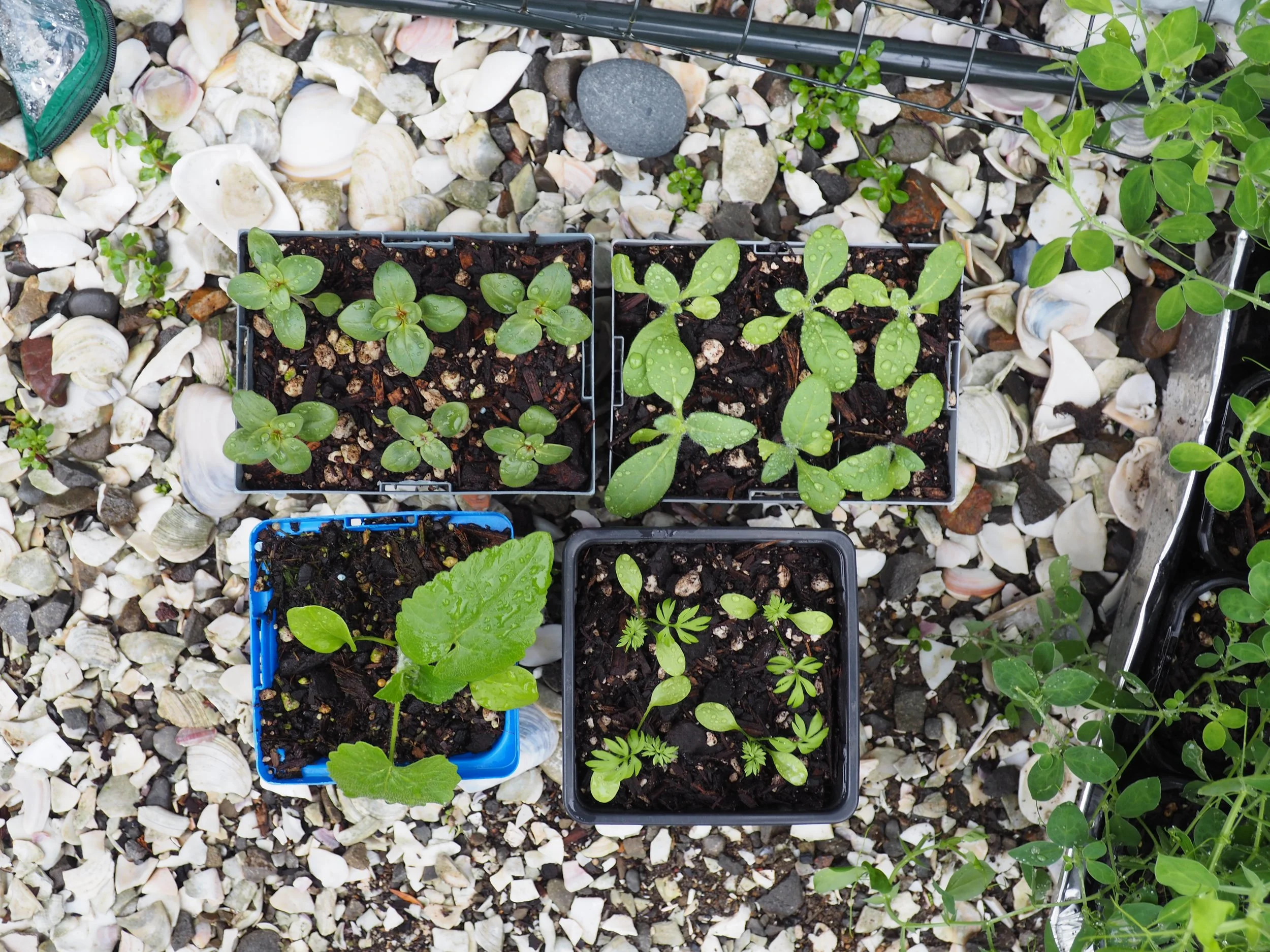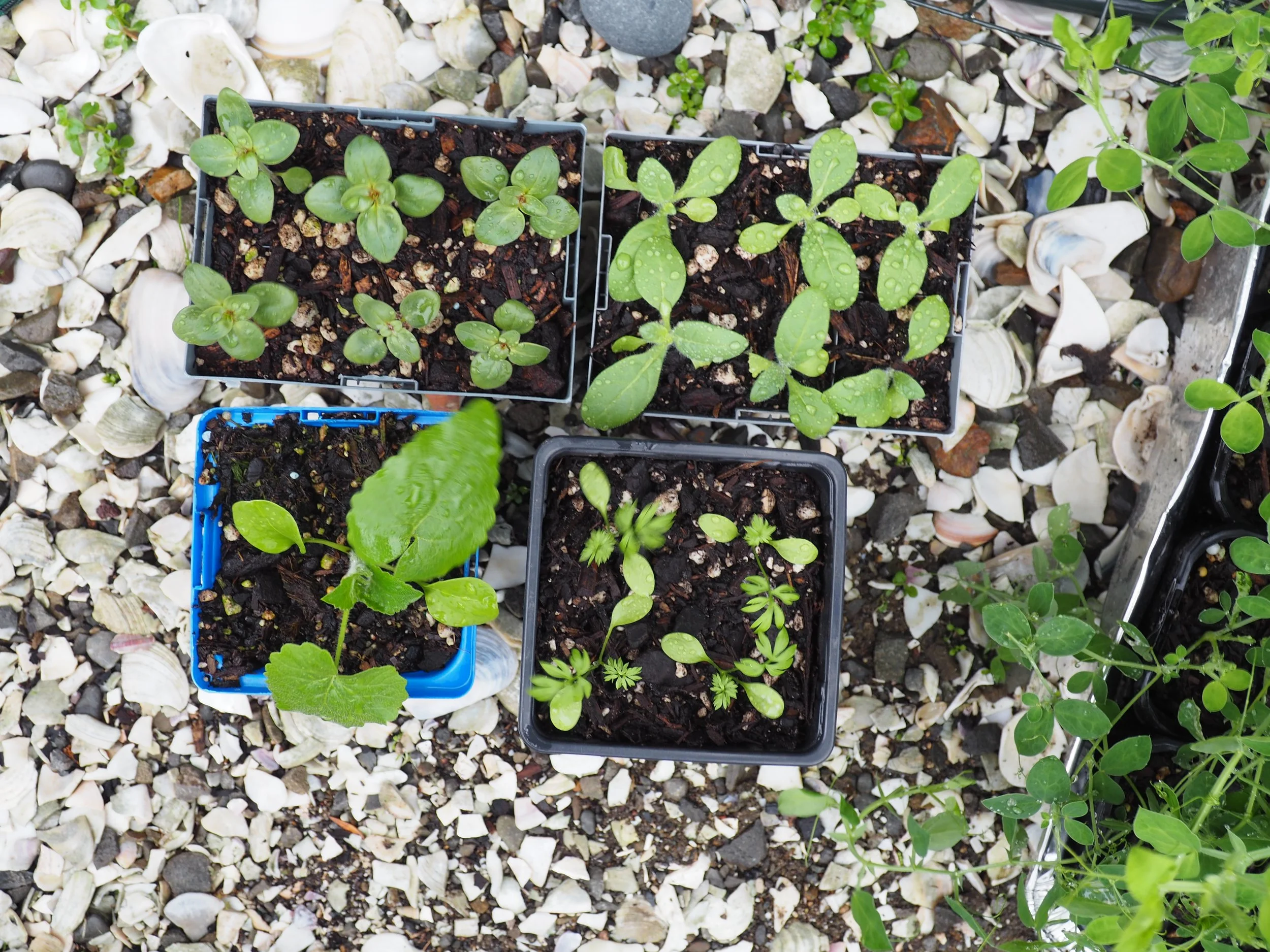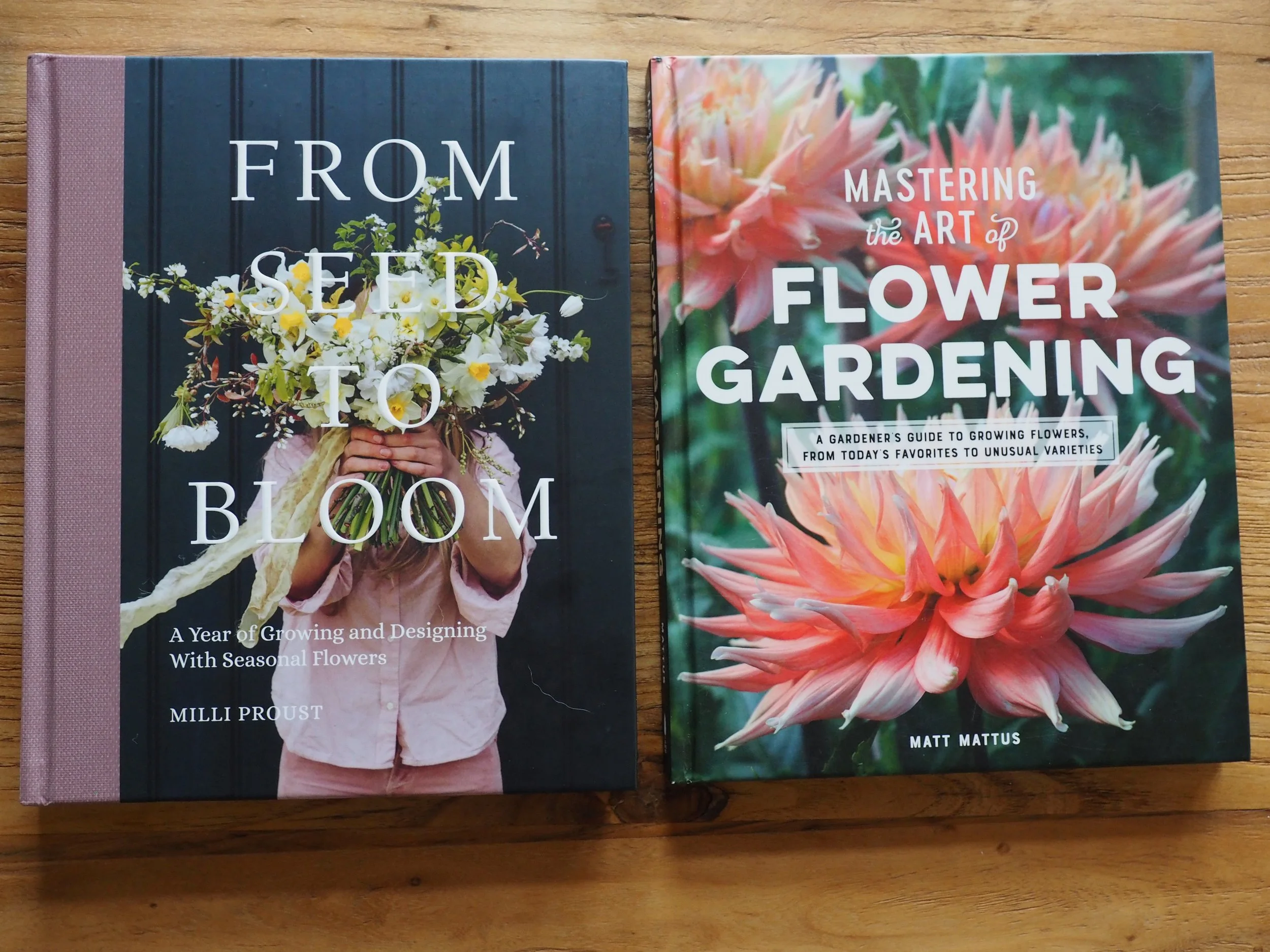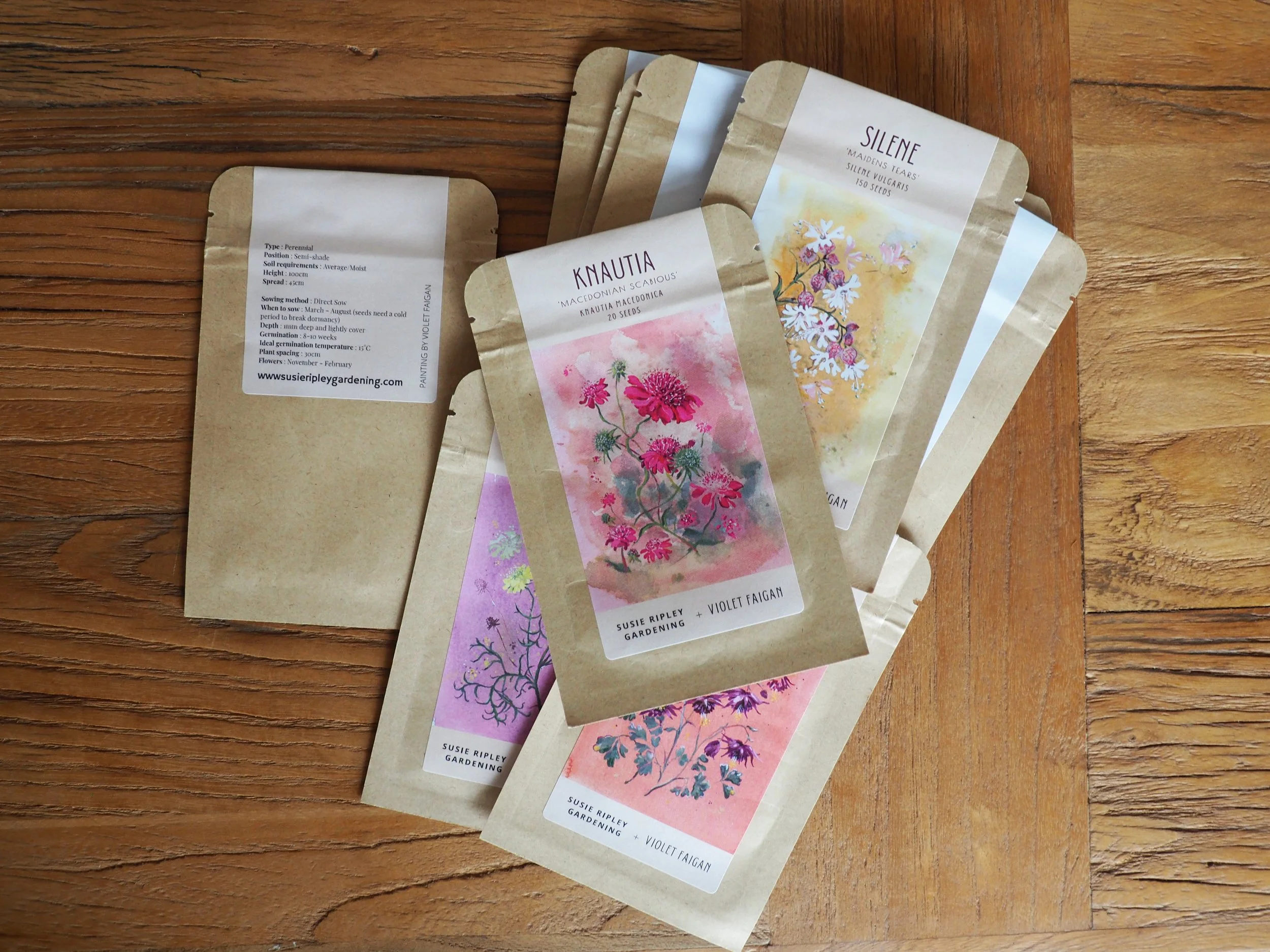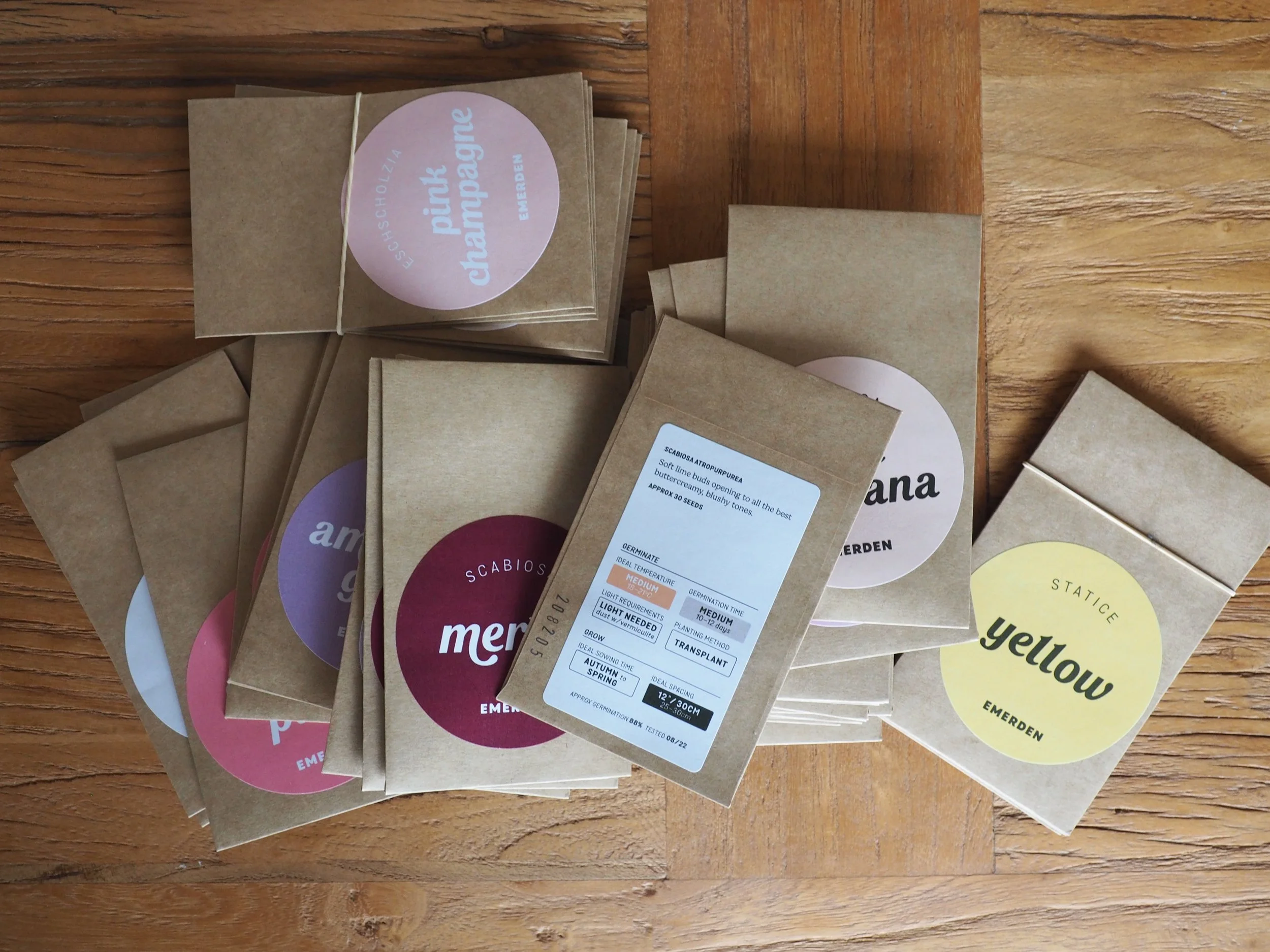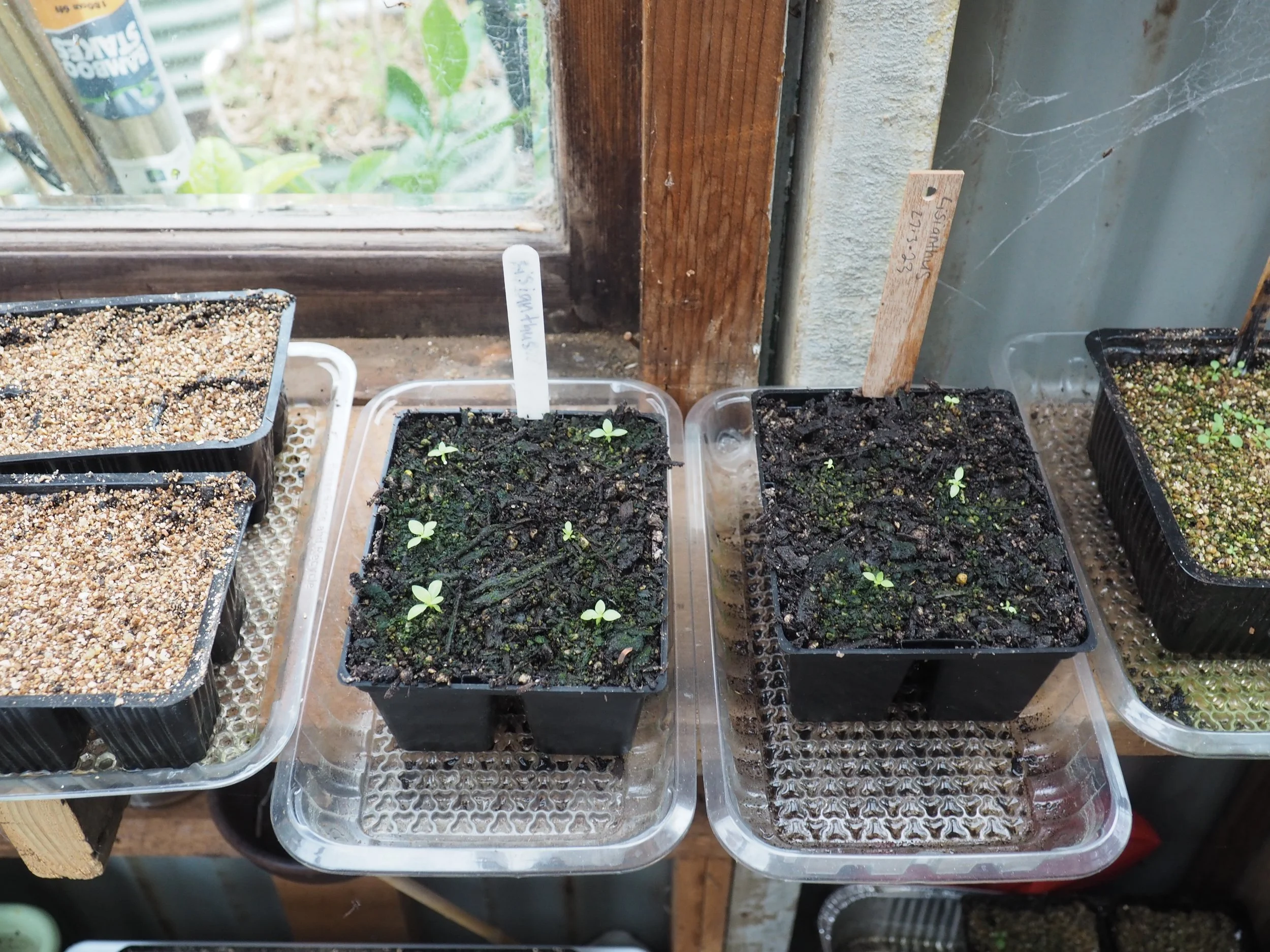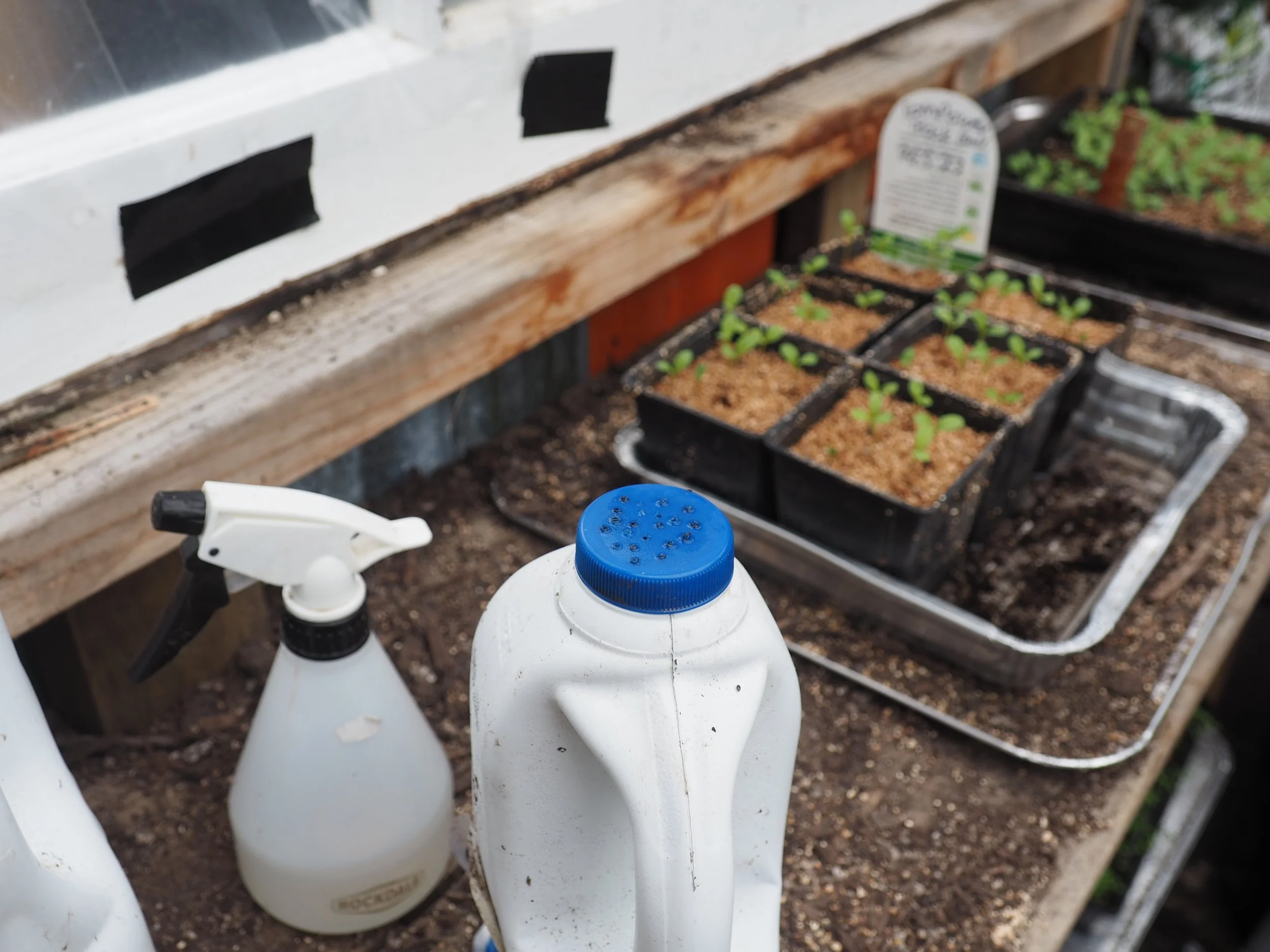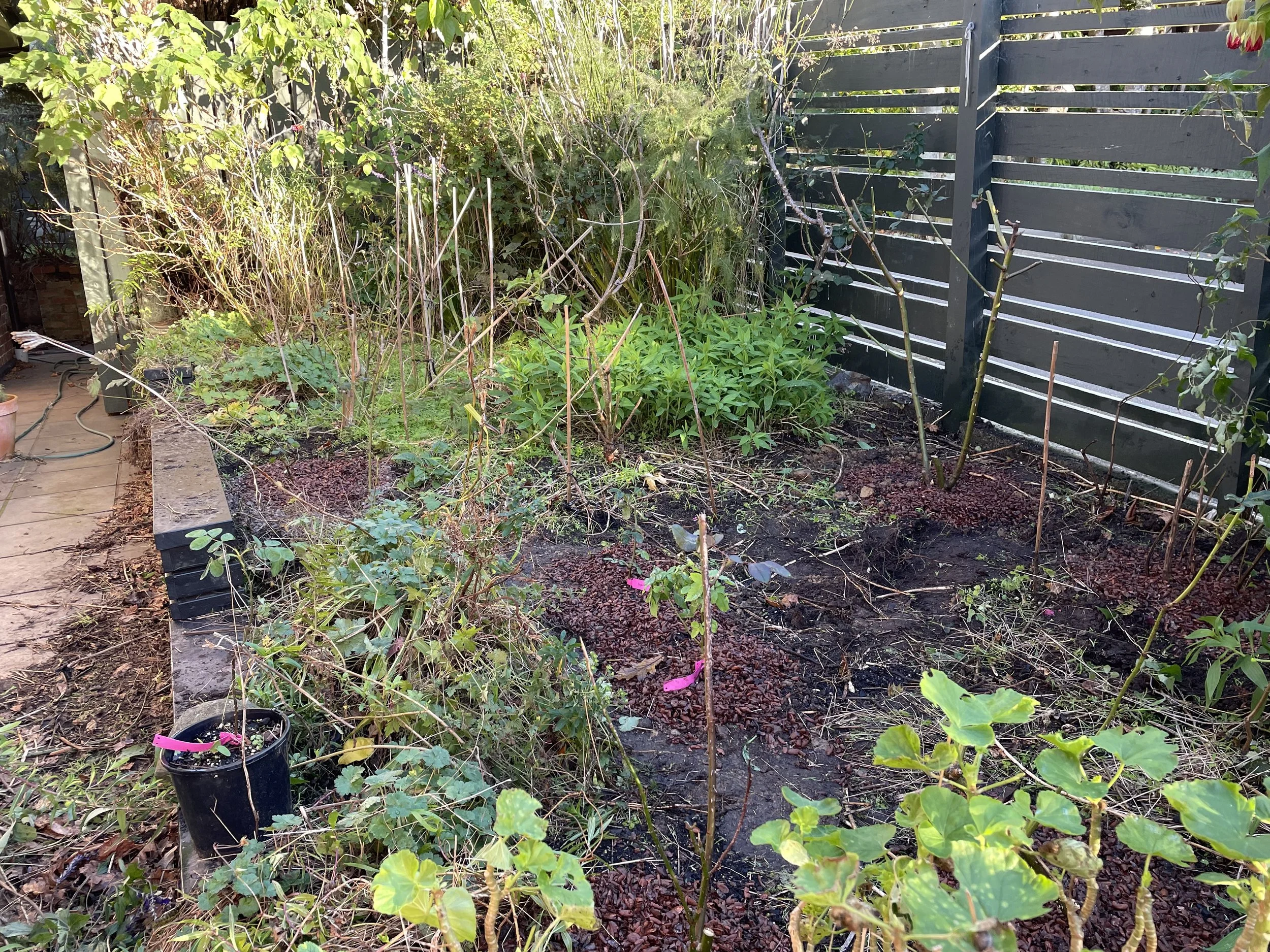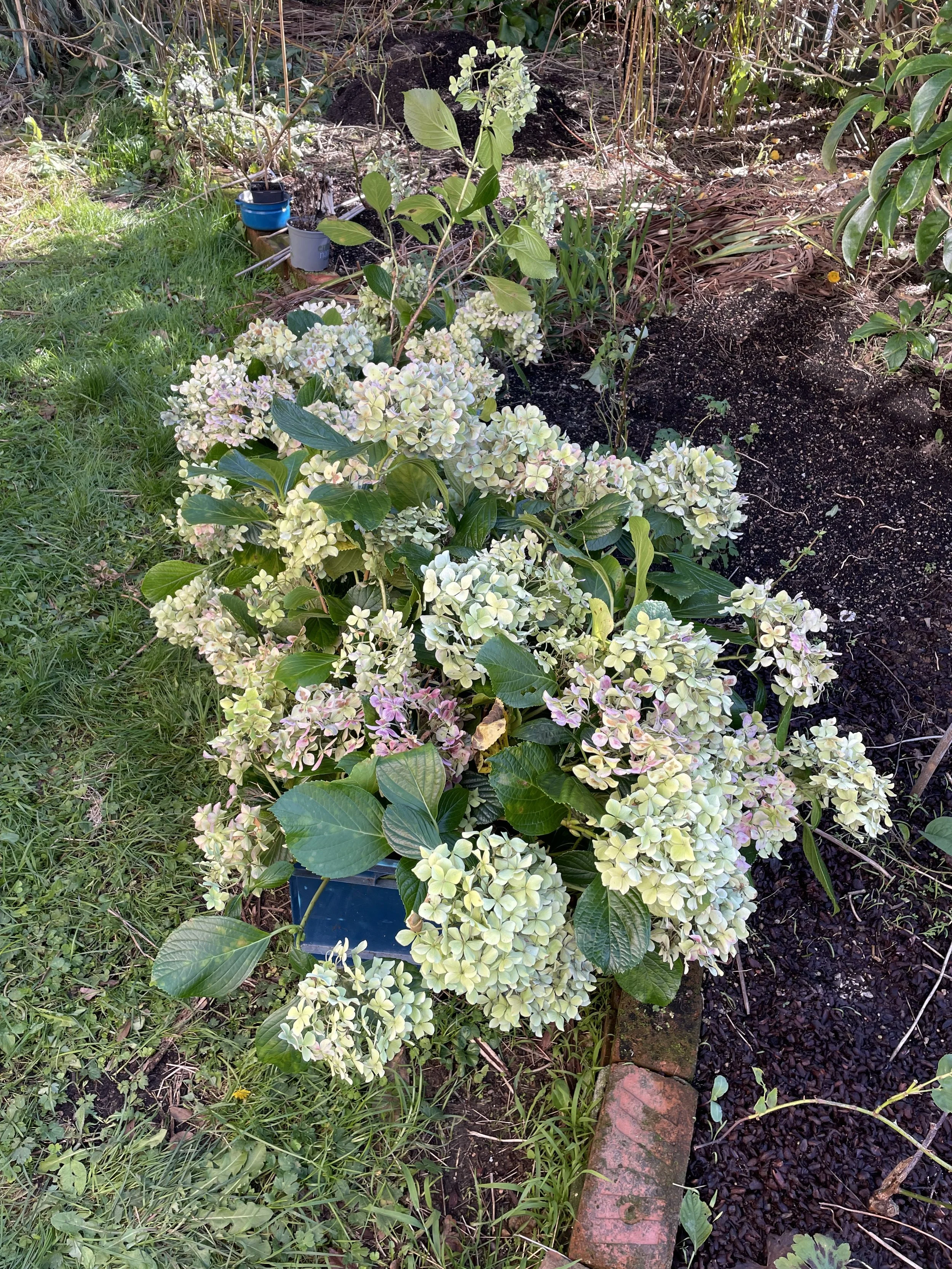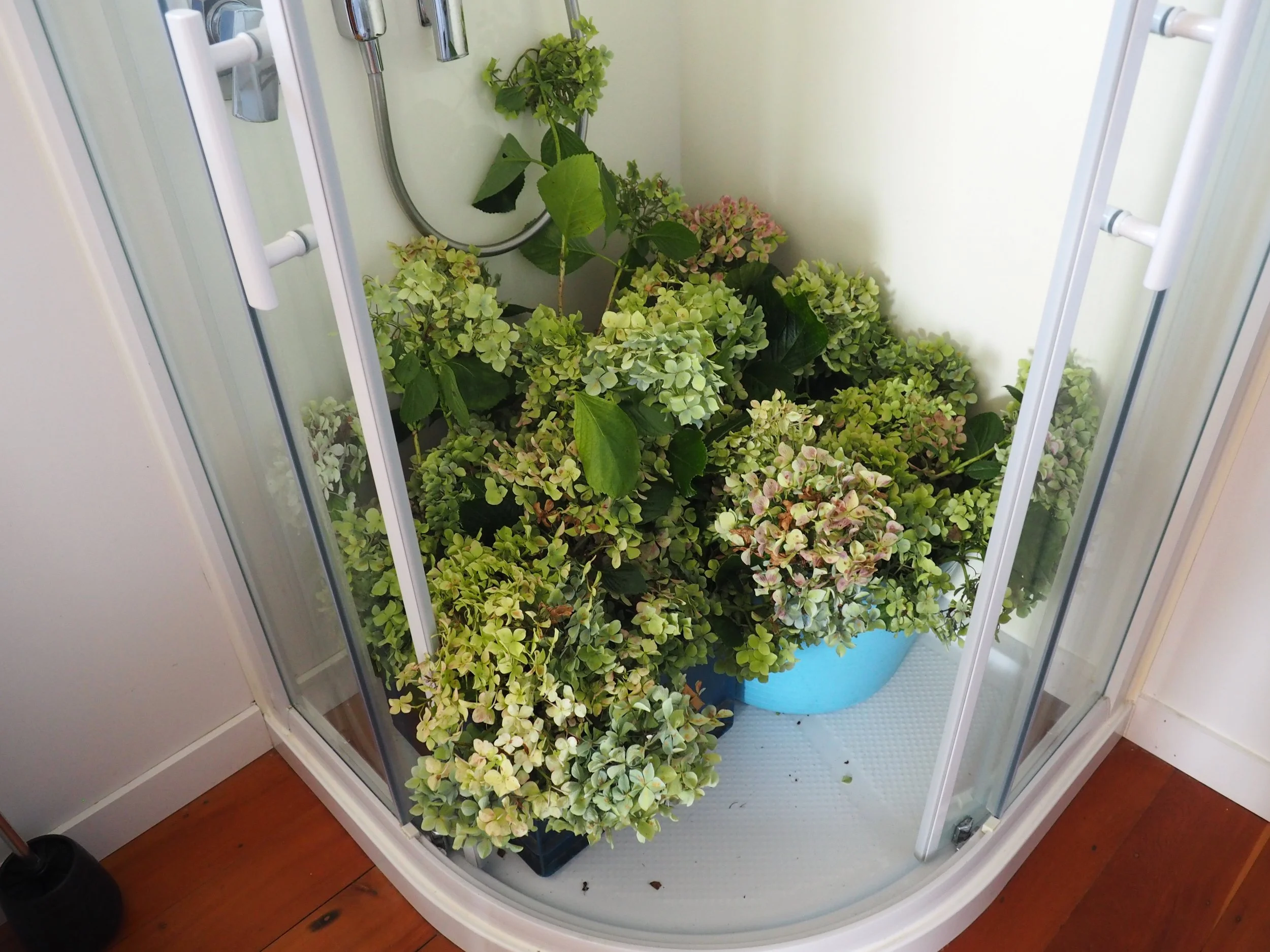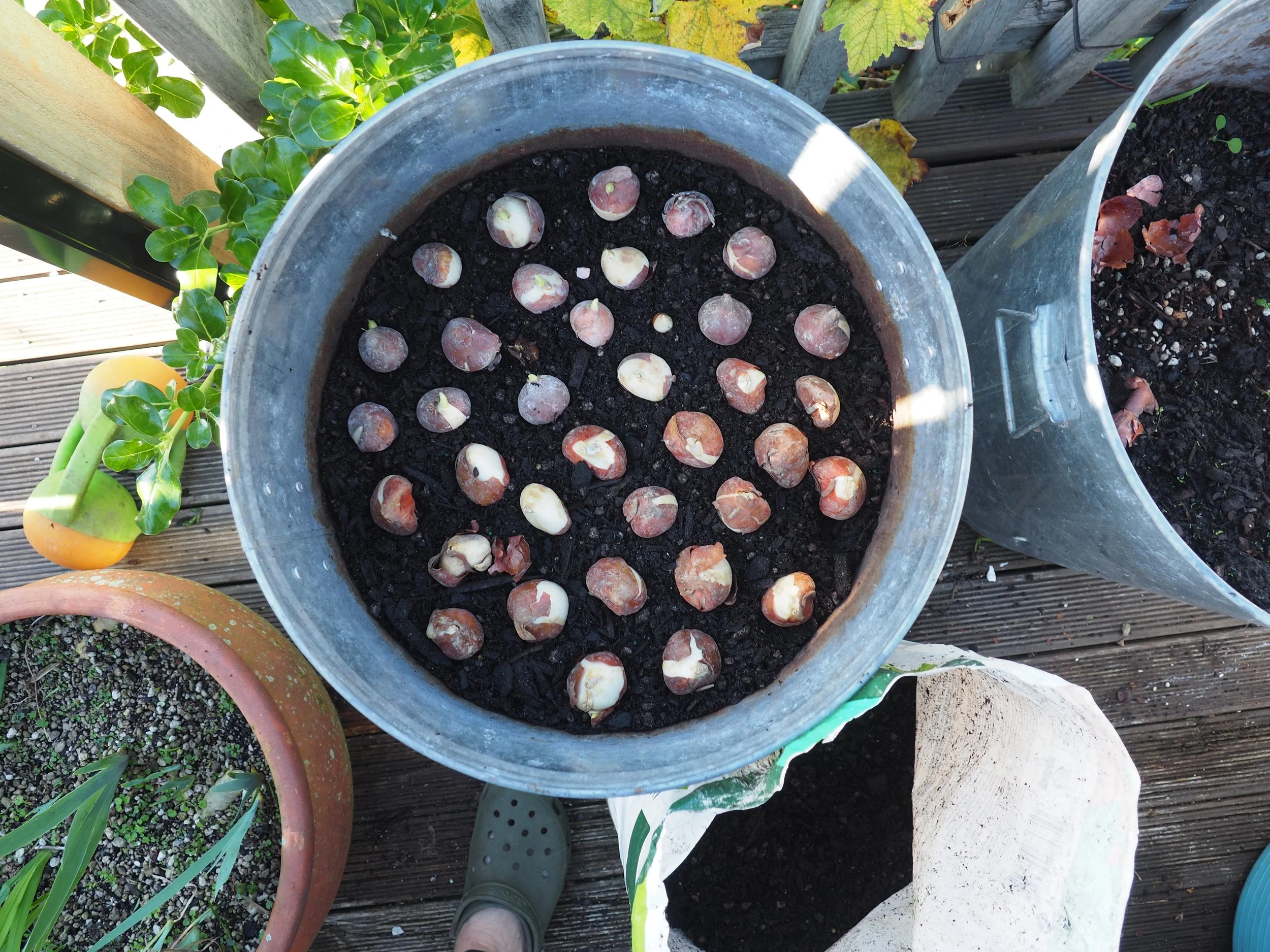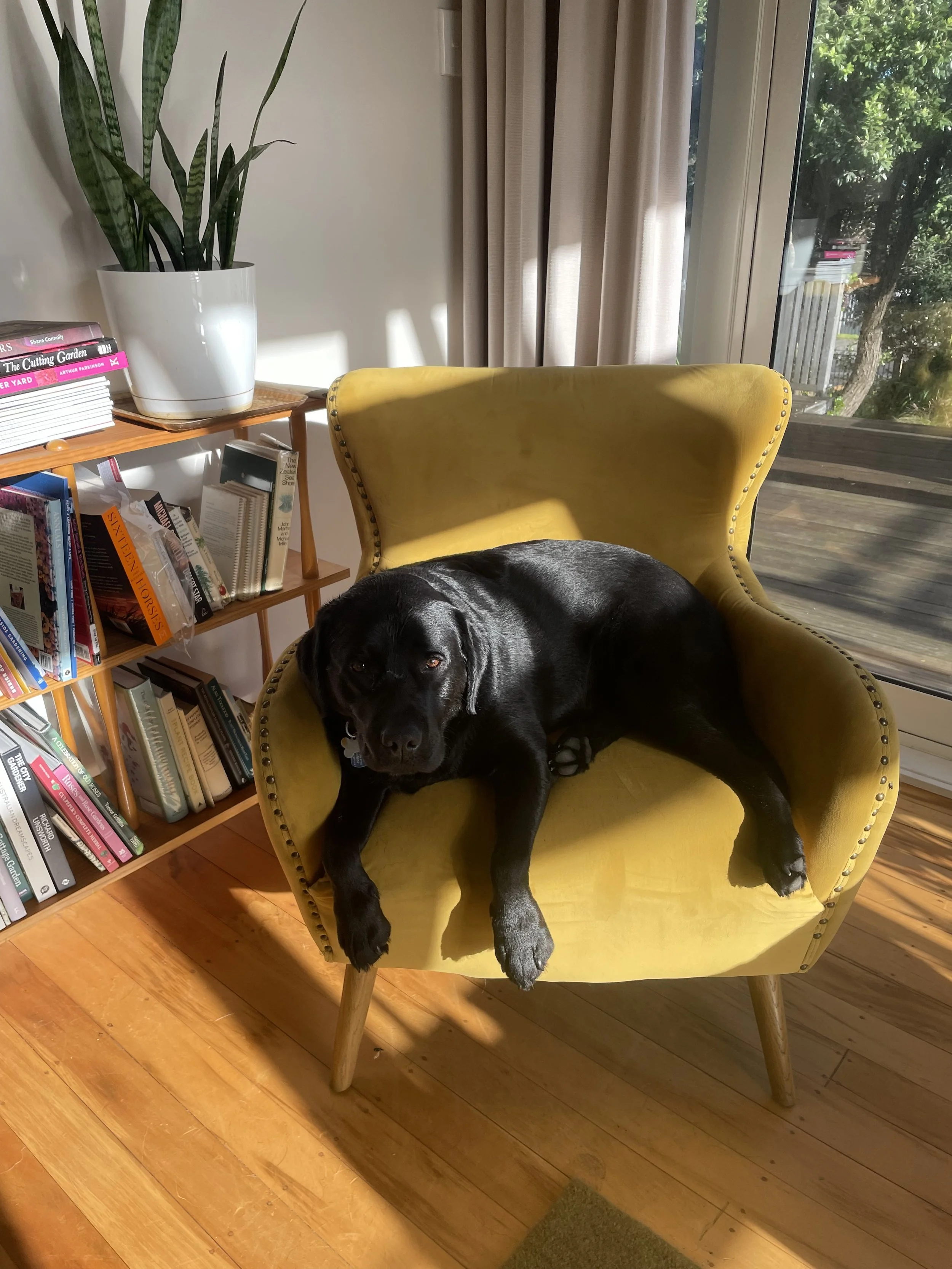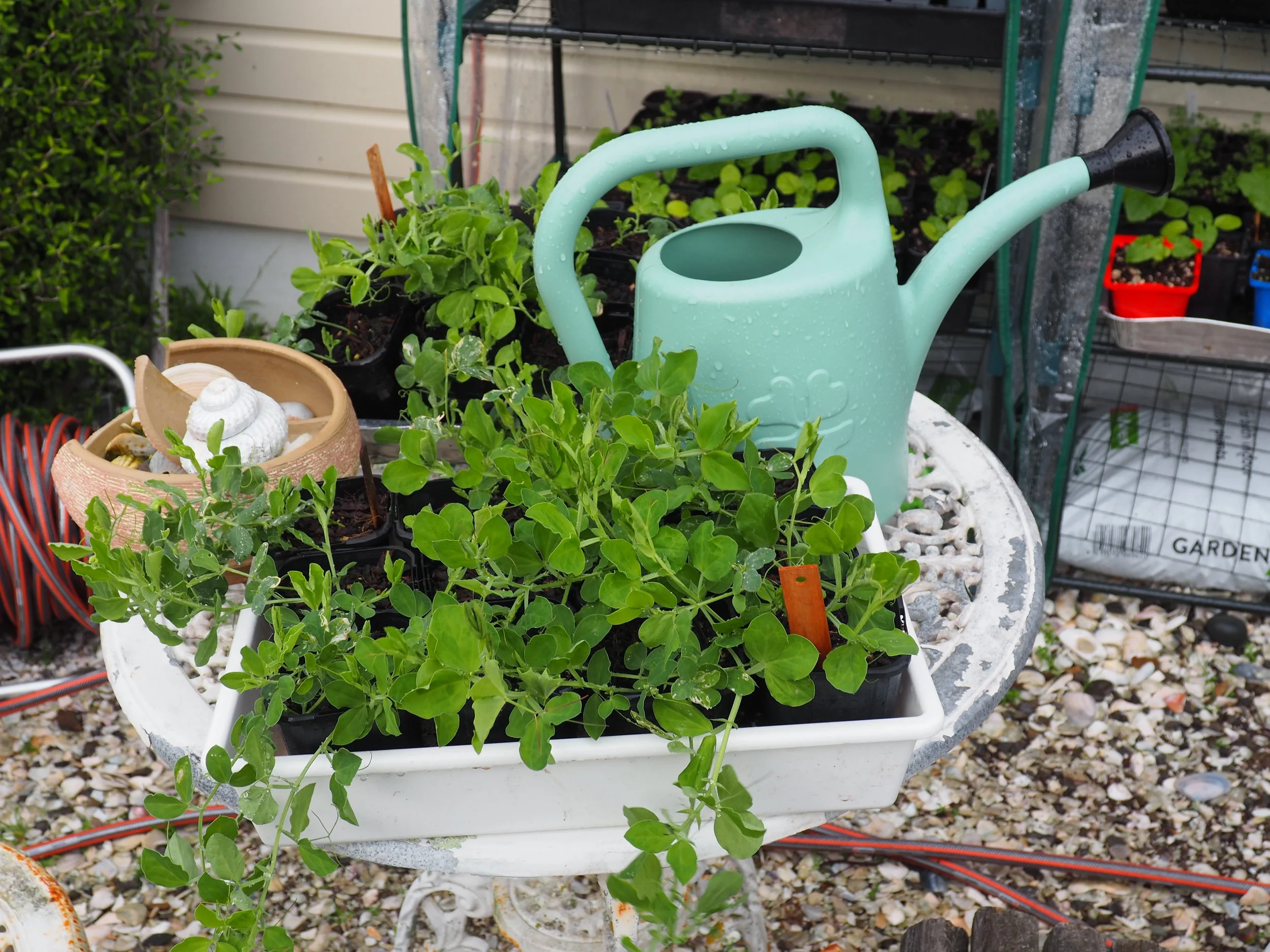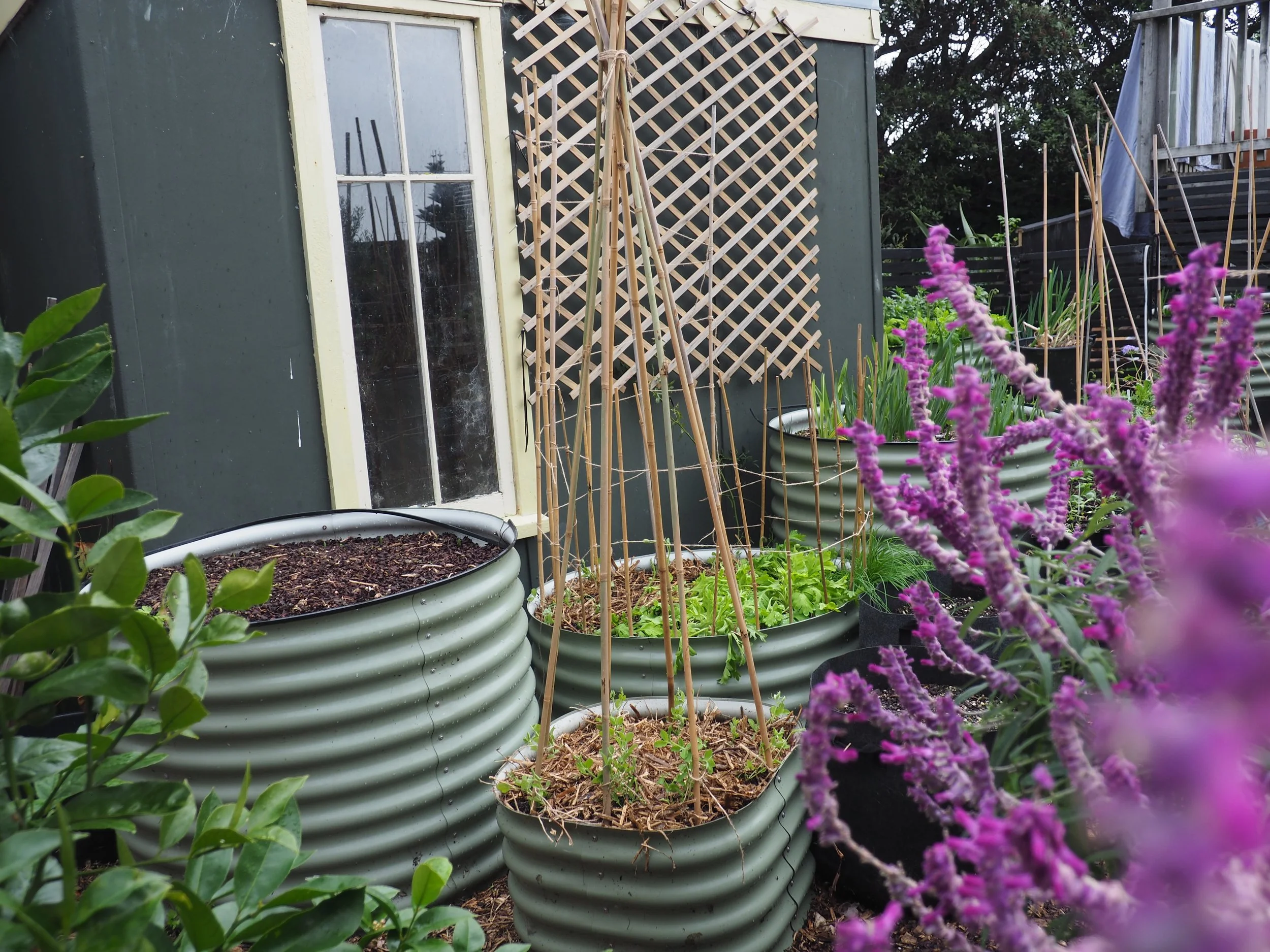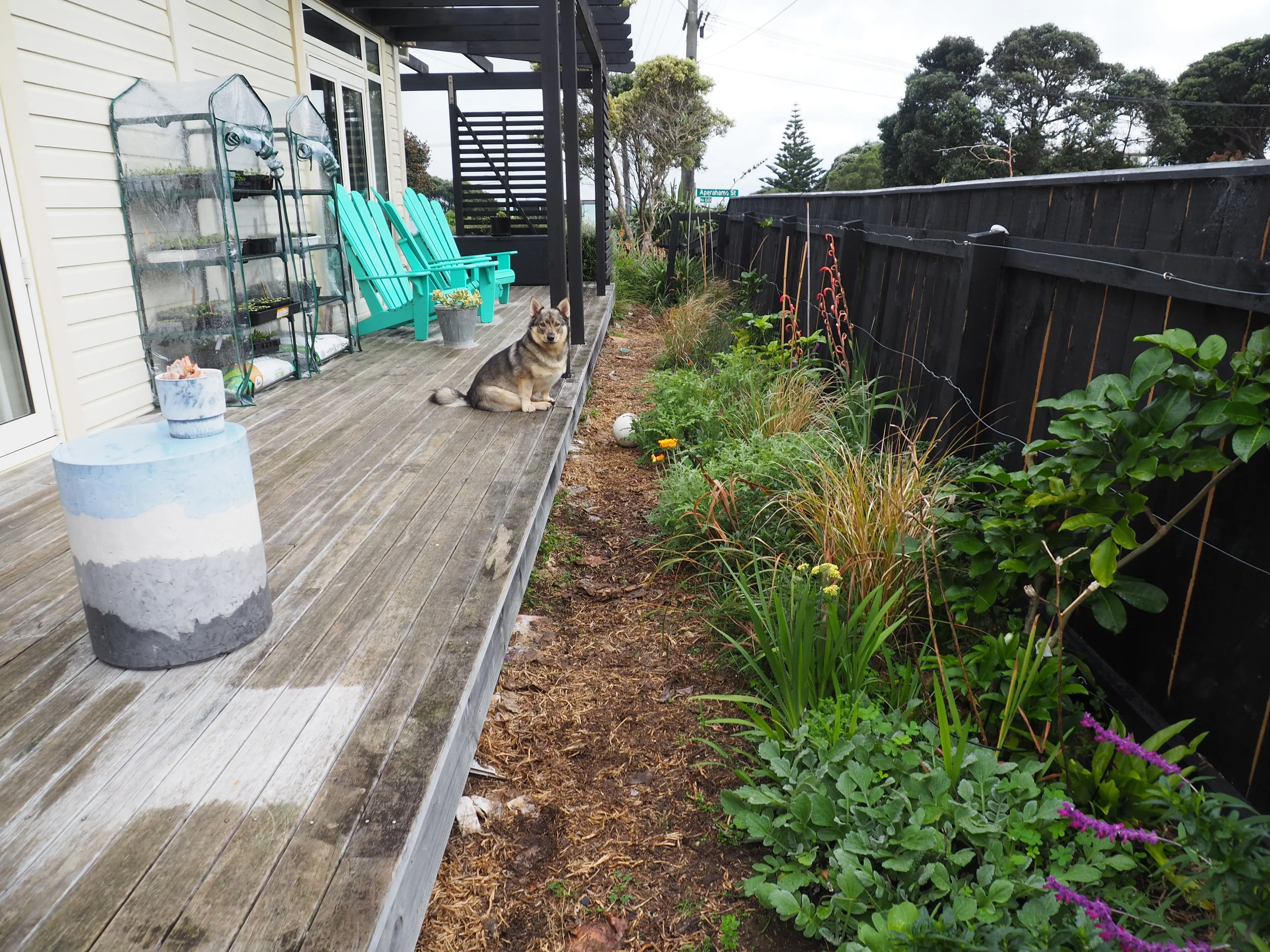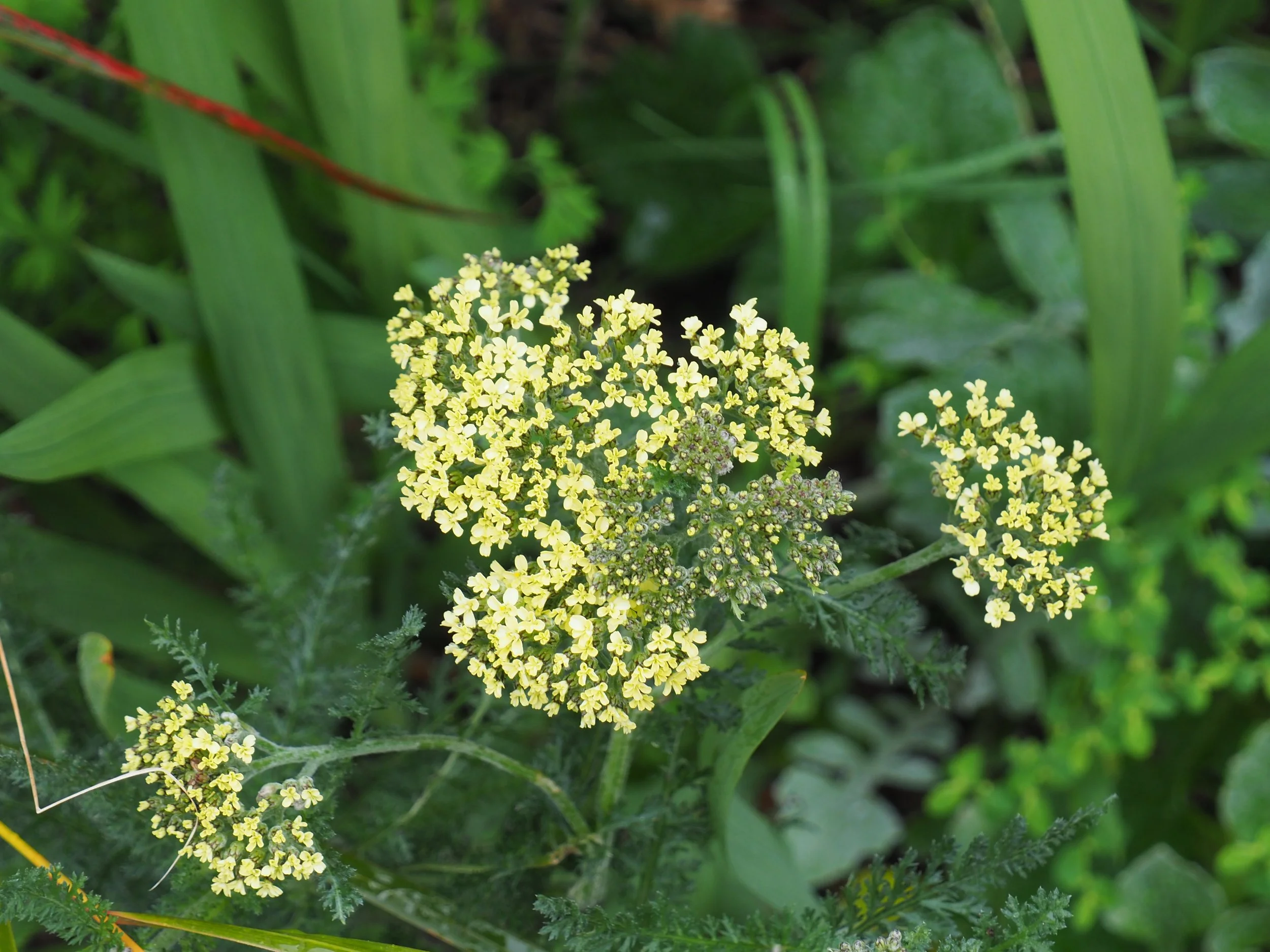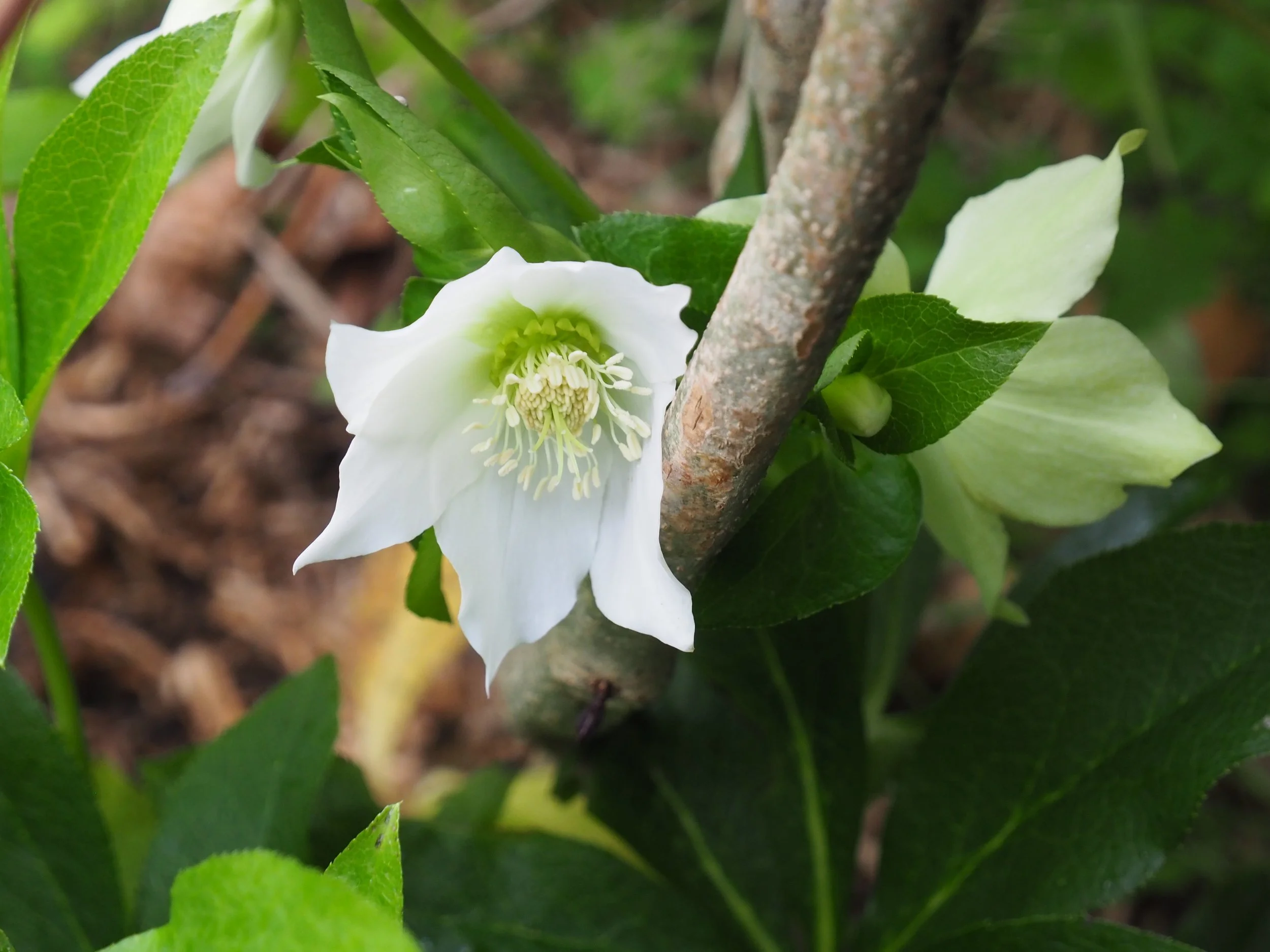I collect all my receipts and keep them in a pile, held in place with a metal clothes peg. That’s for the tax department. I guess it’s for me too. I’ll need them when I get around to deciding on a fair price for my bunches of flowers. My hypothetical bunches of flowers. Although the daffodils and hyacinths are pushing leaves through the soil at a rapid rate. Almost in front of my eyes. Only yesterday, I noticed the pointy tips of some of the tulip and gladiolus leaves piercing the soil.
I hope it’s not a false start on account of the unseasonably warm autumn.
I’m still sowing lots of seeds and potting on lots of seedlings. I don’t know how much is enough. Although I know I have far too much. I bought another mini-greenhouse. I have a grand total of 5. Here’s hoping the half-hardy annuals like their new home because they’ll be staying a while.
I made two mistakes in early autumn. Actually, I made a hell of a lot, but I’ll only talk about two this week. I sowed cosmos and sunflower seeds because it said I could on their respective packets. I planted the cosmos in the garden a while back and they only grew 20cm tall and then one or two flowered. As for my sunflowers they’re still living in a mini-greenhouse, where they’ll stay until summer (unless they die). Matt Matttus (Mastering the Art of Flower Gardening) said ‘never start sunflowers indoors early’.
It helps to have a voice or two or three in the background. I’m reading Milli Proust’s book ‘From Seed To Bloom: A year of growing and designing with seasonal flowers.’ It’s a lovely humble and down-to-earth book written by someone who started small. Although her small might be bigger than my big.
I only wish I could find a book written by someone at the stage I’m at. At the very very beginning of things.
On account of all the seedlings I have and will have I’ve made a decision. I’ll have to grow annuals in both the Paekakariki and the Karori gardens. The less fussy ones, like calendula, will be grown in Karori. They’ll have to fend for themselves because I can’t check on them every day.
I found a new seed company. Some of the seeds they harvest themselves. Emerden. Emerden sell cut flowers but also sell packets of seeds. Their seed growing info on each packet is outstanding from a design and abundance of information point of view.
Another small seed company I use is Susie Ripley gardening. They have the most beautiful packets of seeds and lots of interesting and harder-to-get plants.
I’m growing so many different seedlings that I’m getting to the point where I recognise the different leaves of the different plants (the true leaves not the seed leaves). The ferny nigella leaves and the stumpy snapdragons. The palm-leaf shaped honesty and the hairy long leaves of nicotiana. Even as seedlings the personality of each plant is visible. Some plants transplant easily without sulking (like calendula and honesty). Some (because they have long roots) like centaurea ‘Sweet Sultan Mix’ take a week to settle into a new pot. Some seedlings, like lisianthus, grow in slow motion.
I listen to audio books when I work in the greenhouse. Sowing and potting-on, watering and watching. Detective series are my favourite. Death, mysteries and moral dilemmas go very well with plants.
Lisianthus.
One of the best ways to water my seedlings (I’ve discovered through trial and error) is with my milk bottle watering can. I made holes in the lid with a hot needle. I fill empty (and clean) milk bottles with rainwater from my small rain barrel and store them behind the greenhouse. When I want to turn them into a watering can I swap bottle caps (the holey one for the non-holey one) and turn it upside down over the seedlings.
On Wednesday I spent the day working on the Karori garden. I was bone weary by the time I finished and had to have a lie down.
I emptied out two big metal dustbins (a lemon tree in one and a grapefruit tree in the other) so I could take them up to Paekakariki and plant tulips in them). I carried the soil from the bins (bucket after bucket load) and two other piles of soil, which I dumped on a garden bed in the front garden. There isn’t a wheelbarrow in the Karori garden. I gave the fruit trees to my friend Sophie.
I made a start on the side garden (a couple of weeks ago I roughly weeded it) On Wednesday I pruned, fed and mulched some of the many many roses in this garden. I moved plants (a rose and a salvia) and planted two new ones. (two old fashioned roses). I discovered that cocoa bean mulch isn’t as good at stopping weed growth as pea straw.
The side garden in Karori.
The two buckets of hydrangeas that grew in the front garden.
Growing under the kowhai tree in the Karori garden is a very old hydrangea. Its flowers have turned those lovely antique shades of rose and verdigris. I picked armloads of them and took them back to Paekakariki for drying. Sophie reckoned the best way was to put them in buckets with a little water in the bottom. So that’s what I’ve done.
On Thursday a box of bulbs I’d ordered arrived.
On Saturday I prepared the dustbins ( 2 from Karori and 4 already in Paekakariki). The plan was to make a ‘bulb lasagne,’ something I learnt from reading one of Arthur Parkinson’s books. I’ve used this technique with great success in the last few years.
Bulb lasagne consist of two layers of bulbs separated by a thin layer of soil. The first 3 dustbins I planted two layers of tulips (putting in lots of blood and bone, and sheep pellets). Then I planted two layers of hyacinths in another bin. In the remaining 2 I planted freesias (Freesia burtonii), alliums ( A. roseum, A. unifolium and A. neapolitanum) and some Dutch Iris’s. I didn’t plant these as deep as the tulips because the bulbs were smaller.
Some of the tulip bulbs I planted I bought on sale at a local garden centre. This was probably a dumb idea. The bulbs were not looking their best. Here’s what Matt says, ‘More than most bulbs, tulips are sensitive to storage temperatures, which can dry out the embryonic flower bud deep inside each bulb.’ Two words come to mind - false economy.
The dustbins after planting and mulching.
Bulb lasagne with the fresh bulbs that were delivered this week.
I went a bit mad sowing sweet peas in autumn. I sowed a lot. Now I’ve got hundreds (possibly an exaggeration) of seedlings. I’ve decided to take my chances and start planting them in the garden.
Yesterday I prepared two beds. Sweet peas like a rich diet so I put lots of homemade compost and sheep pellets in each bed. I put in bamboo stakes and tied in the seedlings. When I went to bed last night both beds looked great. When I went out late this morning I noticed that one of the beds had sustained some serious damage. Soil and seedlings had been dug up.
At first I blamed the birds and then I blamed the rats. I tucked the seedlings back under the soil and straightened out the mulch. I turned away to sort out my camera and when I turned back again my big dog was standing on this very garden, having penetrated the pathetic bamboo fence. I was sure it would keep the dogs off the garden. It seems that homemade compost that isn’t sufficiently buried under the soil is too much of a delicacy for my big-plant-wrecking-dog. I’ve used twine to strengthen the bamboo fence. Time will tell if it will hold.
The big dog. The naughtiest dog we’ve ever had.
Sweet peas.
Two new sweet pea beds.
Incidentally, lots of bamboo stakes (of varying lengths and a big ball of twine are such versatile gardening tools. So many useful structures can be easily made from teepees to trellis to fences. Contrary to popular belief, I reckon bamboo stakes look attractive, especially if used with twine to create rustic looking creations. Sophie puts shells on the end of her stakes to stop eyes from being poked out. I like to put old bottles on the end of mine (at least I did before I requisitioned them to be used as vases).
Winter has arrived. Today, being Sunday, is the fourth day of winter. It’s gotten cooler. I need it to get really cold so that my tulips will grow (I planted the ones this week without chilling them).
There are flowers growing in different parts of the garden. The tree lucerne’s sweet scented white flowers along the fence, the orange canna in the front, the salvias and wallflower in the back and these little beauties in the side garden.
And the poppies keep coming.
See you next Sunday, New Zealand time.
